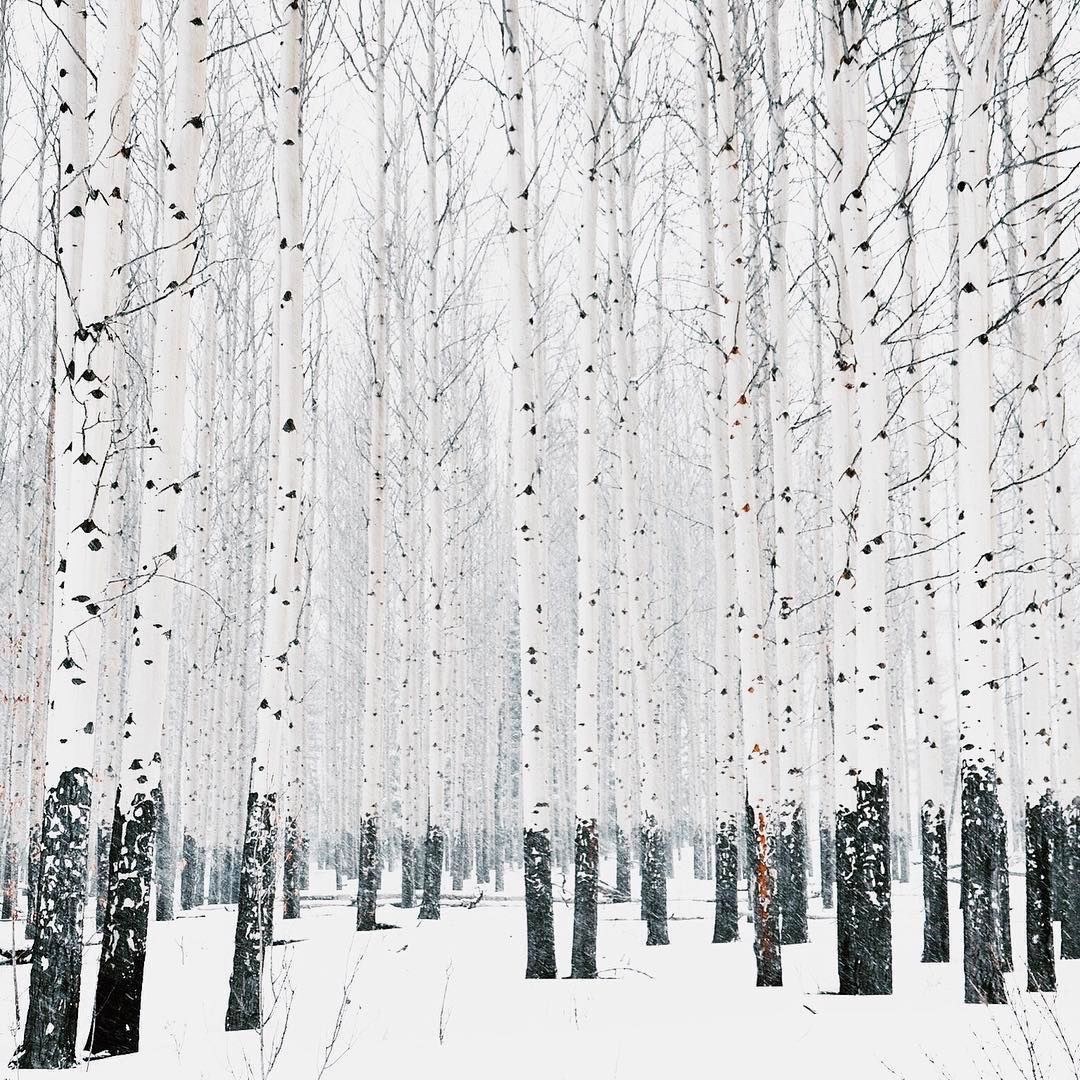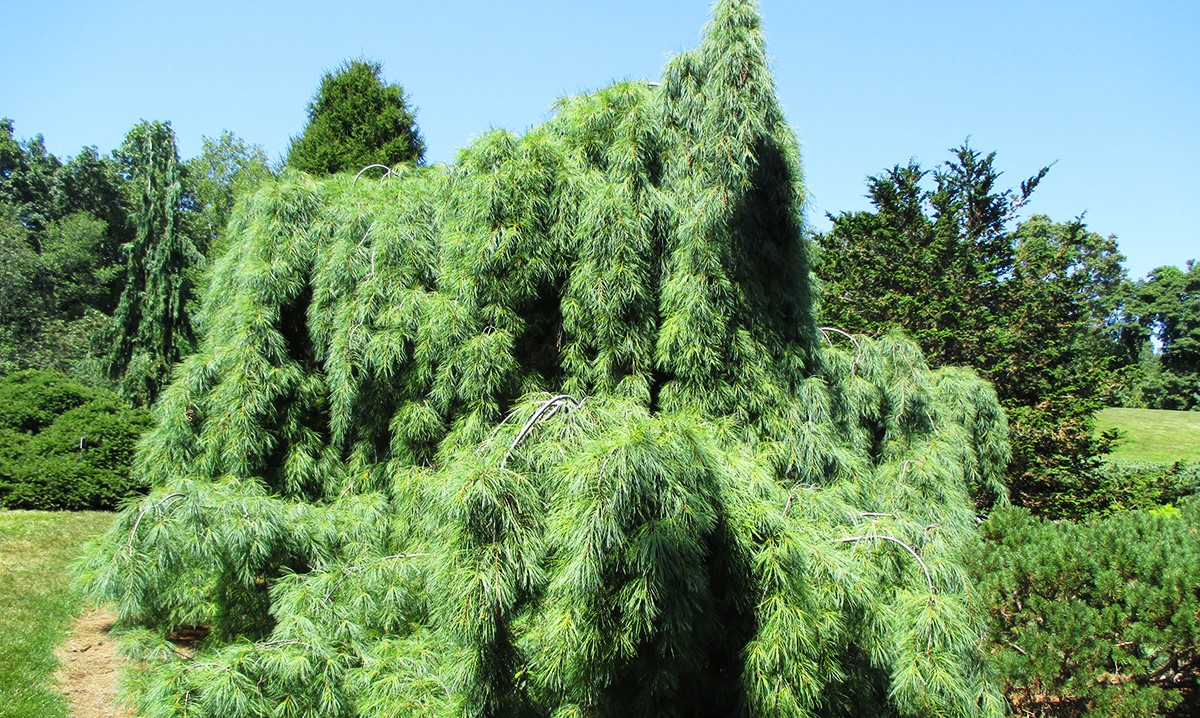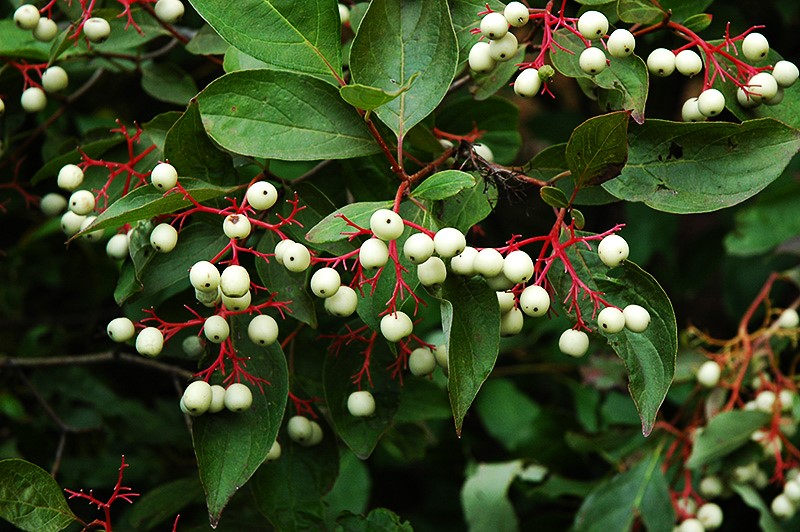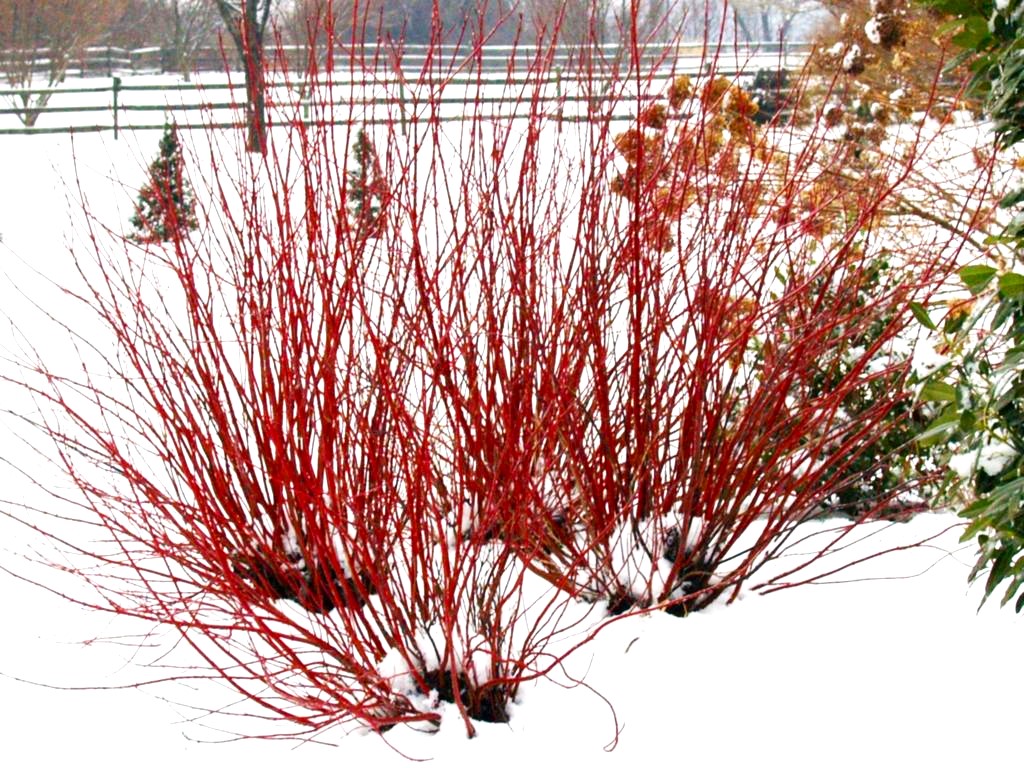What is Frost Cracking and What Causes Tree Trunks to Crack?

If you visit trees during cold winter nights and warm sunny days, you might find frost cracks. The cracks enlarge with decreasing temperature; they can reach lengths of several feet (1 m) and widths of a few inches (8 cm). Typically, frost cracks appear on the tree’s south to southwest side.
How does Frost Crack work?
Vertical cracks in trees brought on by temperature fluctuations between freezing and thawing are referred to as “frost cracks.” A crack is likely to appear when the bark alternately shrinks in freezing weather and swells in warm weather. A tree that has a crack is not immediately dangerous and could survive for many years.
Causes of Tree Frost Cracking
One of the many reasons why tree bark cracks is frost. Additionally, tree trunk cracking resulting from sunscald will be observed. The warm afternoon sun shining on the trunk of a tree can induce the tissue to break dormancy in late winter or early spring. The tissue dies when warm afternoons are followed by chilly nights. It’s possible that bark is peeling off the tree in strips. Trees with smooth bark and dark colors are more prone to sunscald.
Even trees grown in marginally hardy areas can develop cracks in their trunks. Hardiness zones indicate the lowest expected temperature in a given area; however, unexpectedly low temperatures do occasionally occur in all areas, and trees growing on the edges of their hardiness zones may be harmed by these low temperatures.
How to Resolve Frost Crack
The short answer to the question “how to fix a frost crack” is “you don’t.” Adhesives, sealants, and wound paints don’t affect the tree’s health or the healing process. Leave the crack open and clean it to avoid infection. The tree will frequently try to mend itself by growing a callus along the crack.
It is highly likely that a crack will reappear in the same spot after it first appears. By covering the tree’s trunk with tree wrap during the winter, you can lessen the chance that it will happen again. As soon as the weather warms up in late winter or early spring, remove the wrap. If you leave the wrap on for too long, insects and disease-causing organisms can easily hide there.
Planting evergreen bushes around the trunk of the tree is another method to keep it safe. Shrubs can protect the trunk from direct afternoon sunlight and temperature extremes. Pruning the canopy of nearby trees should be done sparingly to prevent taking out branches that cast shadows on the trunk.





